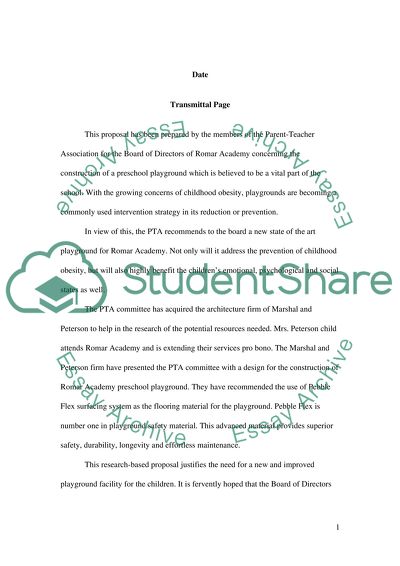Cite this document
(“Combating Child Obesity with State of the Art Playground Equipment Essay”, n.d.)
Retrieved from https://studentshare.org/health-sciences-medicine/1395552-combating-child-obesity-with-state-of-the-art-playground-equipment
Retrieved from https://studentshare.org/health-sciences-medicine/1395552-combating-child-obesity-with-state-of-the-art-playground-equipment
(Combating Child Obesity With State of the Art Playground Equipment Essay)
https://studentshare.org/health-sciences-medicine/1395552-combating-child-obesity-with-state-of-the-art-playground-equipment.
https://studentshare.org/health-sciences-medicine/1395552-combating-child-obesity-with-state-of-the-art-playground-equipment.
“Combating Child Obesity With State of the Art Playground Equipment Essay”, n.d. https://studentshare.org/health-sciences-medicine/1395552-combating-child-obesity-with-state-of-the-art-playground-equipment.


